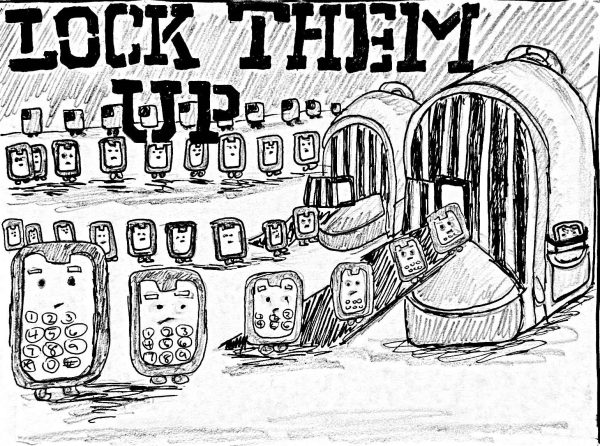Online Shopping Climate Crisis
E-commerce negatively impacts carbon emissions
A common misconception presented throughout society about online shopping discusses the greatness and eco-friendliness of this option to have your needs and wants to be delivered to your door or common locker. What is the truth behind the lasting effects of constant delivery from commercialized sites? Why is this phenomenon important to be conscious of when determining your next shopping experience?
A significant factor in climate change can be directly linked to an increase in carbon emissions across industries and daily life activities, such as transportation to and from work, school and places where people spend their leisure.
According to the International Energy Agency, Global CO2 emissions were over 5% lower in the first quarter(Q1) of 2020 than in Q1 2019 in relation to the Coronavirus Lockdowns. Additionally, there was a 6% decrease in energy demand.
Though those statistics show a bright side to this year, being aware of your contribution to the carbon footprint is still important as people become more lenient or invested in e-commerce.
In fact, according to an article by CNN business, U.S. greenhouse gas emissions from shopping at physical stores were estimated to be higher than from a brick and click business – a company operating both an online store (the clicks) and physical store (the bricks) within a single retail strategy – and lower than a pure online channel. Based on these three options, the brick-and-click approach is the most eco-friendly not taking into account the types of products sold.
Although e-commerce conveniently fulfills the consumer’s needs and wants fast and efficiently from their own home at the click of a button, it’s still harmful.
Despite being ranked second, the reality is that the trucks transporting those goods are the biggest contributors to carbon emissions. The inevitable chances of a failed delivery, high rate of return (mostly on items bought online), and longer distances from warehouses to individual homes are major factors in how often those vehicles are in use. To top it off, the idea of free two-day or even one-day shipping increases the possibility for items to be shipped by aircraft, which could be said to be equally as detrimental as long-distance truck transportation.
In fact, a good 80% of all new trucks sold in the country last year were powered by diesel, according to data by IHS Markit. Though diesel vehicles emit less carbon dioxide than regular gasoline cars, environmental and public health experts are not fond of that technology. Research shows links of diesel exhaust to higher rates of cancer and other health-related conditions according to an E&E News article. Taking into account these health-related risks, the presence of these diesel-run commercial trucks is dangerous to employees that are constantly delivering packages.
Jeff Bezos, CEO of one of the world’s largest online retailers Amazon, plans to make the company carbon neutral by 2040 by ordering 100,000 electric delivery vehicles for use starting 2021 for the “last mile” of delivery in accordance with the Paris Climate Agreement. This is a significant step in reducing tons of carbon dioxide discharge and also providing an example for other companies to consider electric vehicles.
Advocating for eco-friendly improvements in commercial corporations that have a prominent e-commerce presence is a big way that consumers can contribute to how businesses look at market demands. Next time you are figuring out how you want to shop, ask yourself: do you really need this purchase? How can you reduce your carbon footprint?






